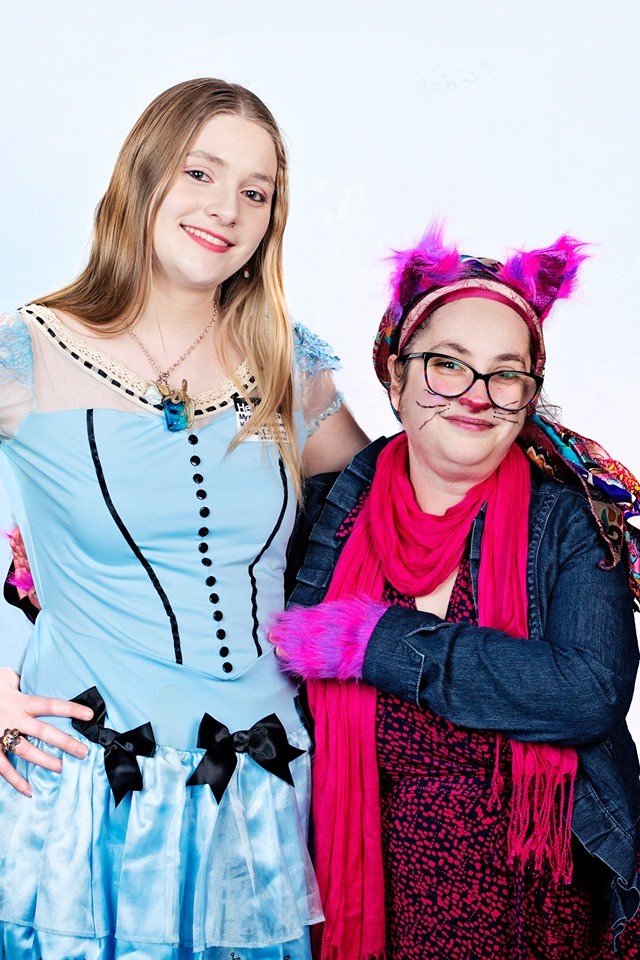We caught up with the brilliant and insightful Kathryn Keep, Ariel Keep, and Katelyn Ruley Haase a few weeks ago and have shared our conversation below.
Kathryn, Ariel, and Kate, thanks for taking the time to share your stories with us today Learning the craft is often a unique journey from every creative – we’d love to hear about your journey and if knowing what you know now, you would have done anything differently to speed up the learning process.
Kate: I first learned how to make jewelry when my mom signed me up for classes at the Swope Art Museum in Terre Haute, Indiana. The first day of class we learned how to make upcycled beads by cutting long, slender triangles from the pages of magazines and carefully rolling them with glue. We strung them into bracelets, necklaces, and my favorite type of jewelry to make as a kid- earrings. Resin was something I didn’t seek out to learn, but was given the opportunity to learn when one of my cousins sent me a photo of flower-embedded resin pendants. She thought they were made from glass, and knowing I did stained glass in high school, reached out to see if I could make some for her from her wedding bouquet. I recognized they were resin and decided to take on the project. It was love at first pour! My first attempts are also immortalized in my grandpa’s dining table, which has a little peak of resin still on it (sorry, Papaw Jay!).
The other types of art I do I first learned in high school (stained glass, drawing) and at workshops in my community (e.g. alcohol ink fine art and chainmaille jewelry; I think watercolors is the only medium I’m self taught in).
Kathryn: I learned how to make candles when I found someone selling a bunch of soy wax and supplies cheap. I loved the scents and carefully mixing wax. I only had one time I set a fire on my stovetop. Dumped a whole box of baking soda on it and only a potholder was damaged.
Ariel: Learning about art for me is about being aware of all that is around you and picking up anything you’re interested and trying it out. Art is everywhere and comes in so many forms. I enjoy written art, spoken art, visual art, and physical art of all types.
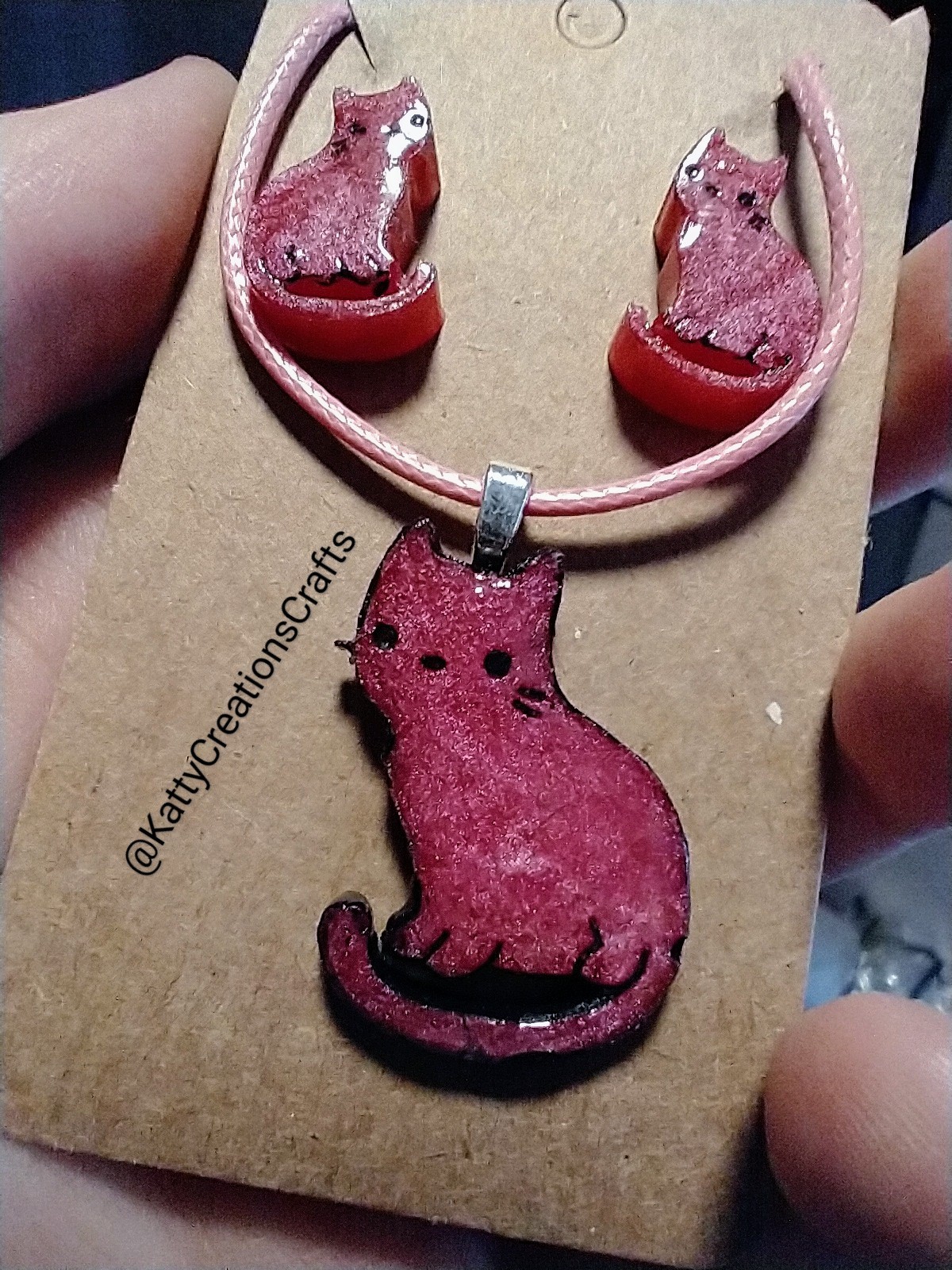
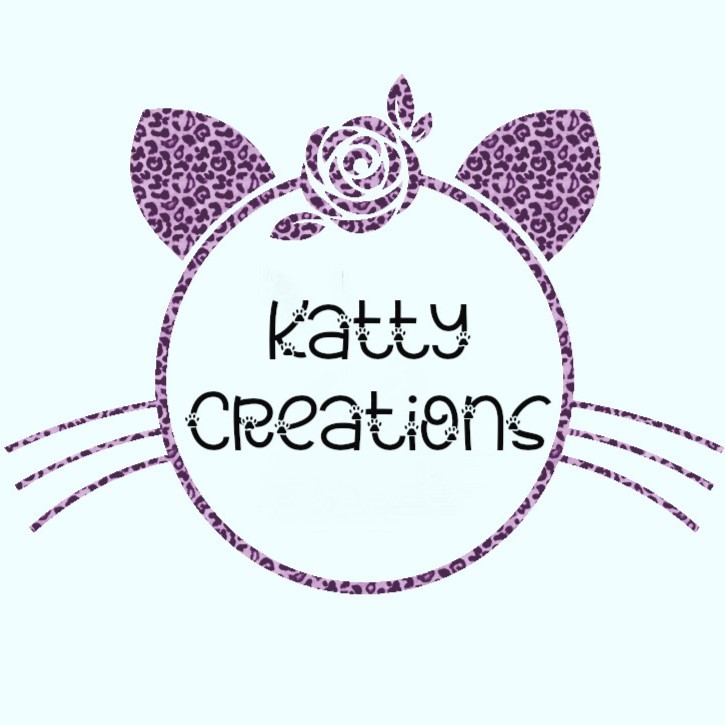
As always, we appreciate you sharing your insights and we’ve got a few more questions for you, but before we get to all of that can you take a minute to introduce yourself and give our readers some of your back background and context?
Kate: Katty Creations started in 2012 originally named “Katty Candles & Jewelry” (but we make a lot more than those two items now!). However, mom and I working together to make and market products started much sooner as “Katz Pajamas”, an unofficial business where we bartered and traded away our products with other creators through meet ups and box shipping trains (wherein a box is made up of products and shipped from one person to the next, taking out whatever you want as long as it’s replaced with an item you made at a one-to-one exchange). We honestly can’t remember whose idea it was to put earrings and bracelets inside of candles, so we’d like to think it was a joint effort as it continues to be. Ariel, my younger sister and Kat’s youngest daughter, is our social media and promotions manager. She is also a huge help at festivals and other events!
Mama Kat’s mission is to create fun, colorful candles using sustainable wax and safe scents. Her concrete candle vessels are fire safe and reusable.We source our wax from the USA to minimize greenhouse gasses produced during shipping, and support our workers right here at home. Our candle line is 50/50 soy and coconut blend, free of any harmful phthalates, parabens, carcinogens, and other known disease-inducing or xenoestrogen compounds. Ever wonder why big box store candles always melt with perfection? It’s because they use an additive called “emulsifiers”. While most (not all) emulsifiers are non-toxic and not harmful to animals or people in their final form, almost all emulsifiers are made from environment-ruining petroleum byproducts. On top of ruining native ecosystems, these additives dilute a candle so often after burning it for only a couple hours there’s no more scent. Katty Creations’ candles never use emulsifiers or toxic additives, and we infuse all the wax with scented oil, so as opposed to other commercial retailers whose burn times range from 1-4 hours, our 10-20 oz candles, if burned and stored properly, can burn for as long as 60 hours. We’ve tested this countless times by ourselves, as well as friends, family, and anonymous product tester volunteers.
We also don’t use pure essential oils to scent our products because many of them found in candles and room fresheners are toxic to our furry friends, especially dogs, cats, small pets like hamsters, and even sometimes people if they turn out to be allergic. We use a mix of fragrances that include diluted essential oil, water, and other all-natural liquids/plant extracts. While people sometimes think they may be allergic to fragrance oils, essential oils are actually less hypoallergenic than fragrance oils simply because most essential oils are not actually natural; they’re so highly concentrated that there is actually no “essential oil” found unadulterated in nature (except tea tree oil; that stuff is great! Though still not good for pets). Despite popular belief and demand, most essential oils actually undergo a highly toxic chemical process (to both humans and their surroundings) to be extracted from their origins, and can be quite dangerous to use neat without diluting in water or a carrier oil. D-limonene is the best example; this is the chemical name for “Citrus Oil” and “Orange Oil”. D-limonene can cause chemical burns if used “neat”, i.e. put directly on skin or ingested. In agriculture and some organic farming operations (because organic doesn’t inherently mean pesticide free!), D-limonene is a well-known “earth-friendly” pesticide praised for its prowess at killing insects, frogs, and even small mammals like mice in certain circumstances. D-limonene has also been known to cause severe allergic reactions that have sadly resulted in the death of full-grown, large dogs when left unattended with an oil diffuser. This is why we only use pet-friendly scents.
Kate (me, the jewelry artist!) is a full-time Biologist and Kat (mom, the actual genius behind our candles) studied Environmental Literacy & Sustainability, so we put a lot of care and thought into making our candles free of harmful chemicals, environmentally-tasking additives, and other things that may hurt the furry friends we are trying to celebrate and commemorate.
My mission is to make jewelry and self-expression through accessories available to everyone despite metal allergies, disability status, and stigma. All the dangling earrings I make can have their ear wire (the hook or hoop part that goes into your ear) replaced with metal-free in case of allergies or screw on alternatives if your ears are not pierced or putting hooks/hoops in is challenging. Like most jewelry artists these days, all of my jewelry is hypoallergenic and nickel-free. I also do replacements and repairs; I recently replaced a kind elderly woman’s pearl earrings with screw-on ear findings, which were easier for her to put on than the original ear wire that had become difficult due to arthritis in her hands. I mostly work with resin and chainmaille these days, which allows my work to be pretty customizable, even when complete. I also want to break the assumption that boys can’t wear fun, colorful jewelry, or that only gay men would do this. Jewelry and accessorizing is just one way to express ourselves, to say to the world “this is me how I want to be seen!”, and that should be for everyone.
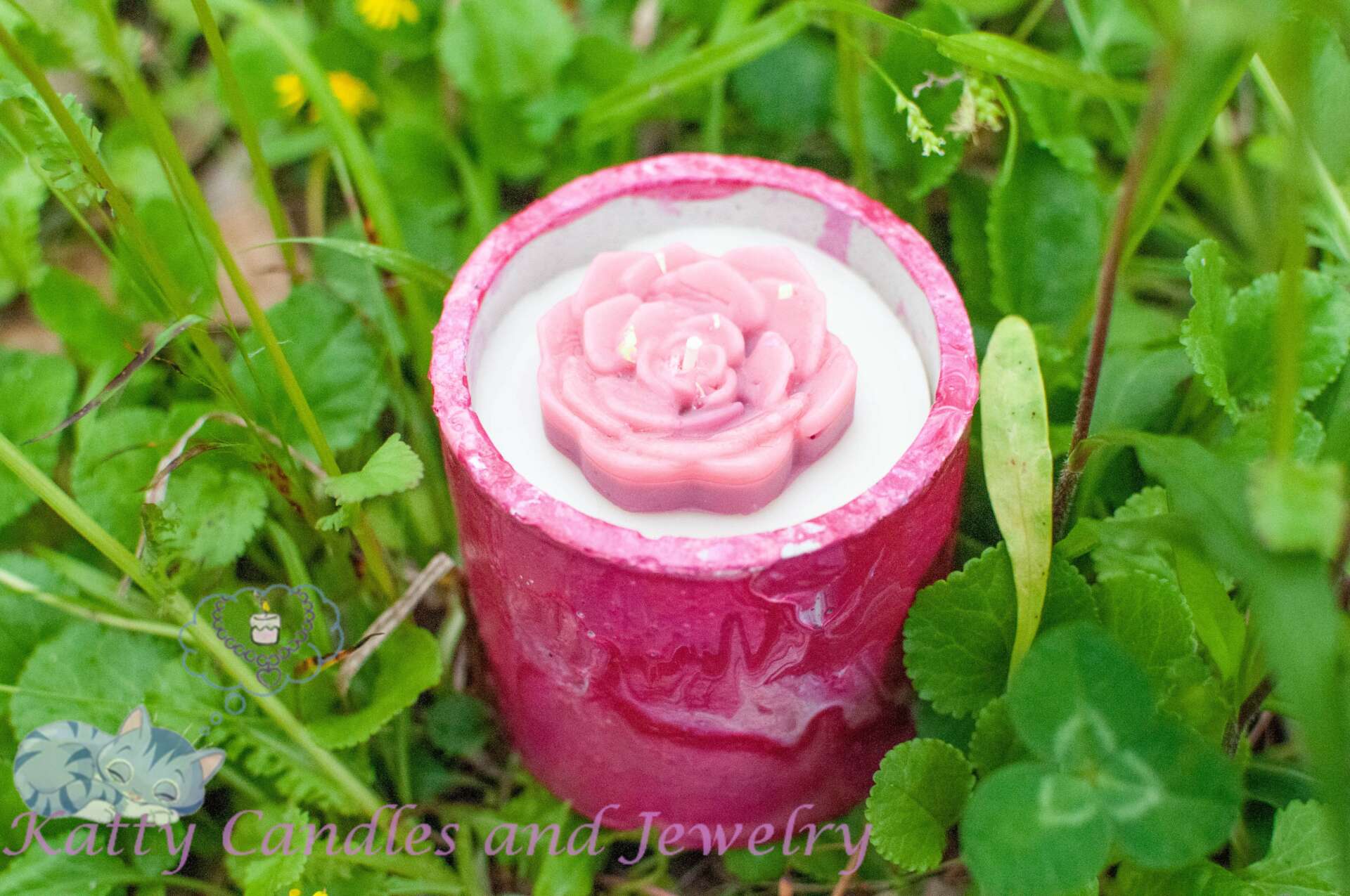
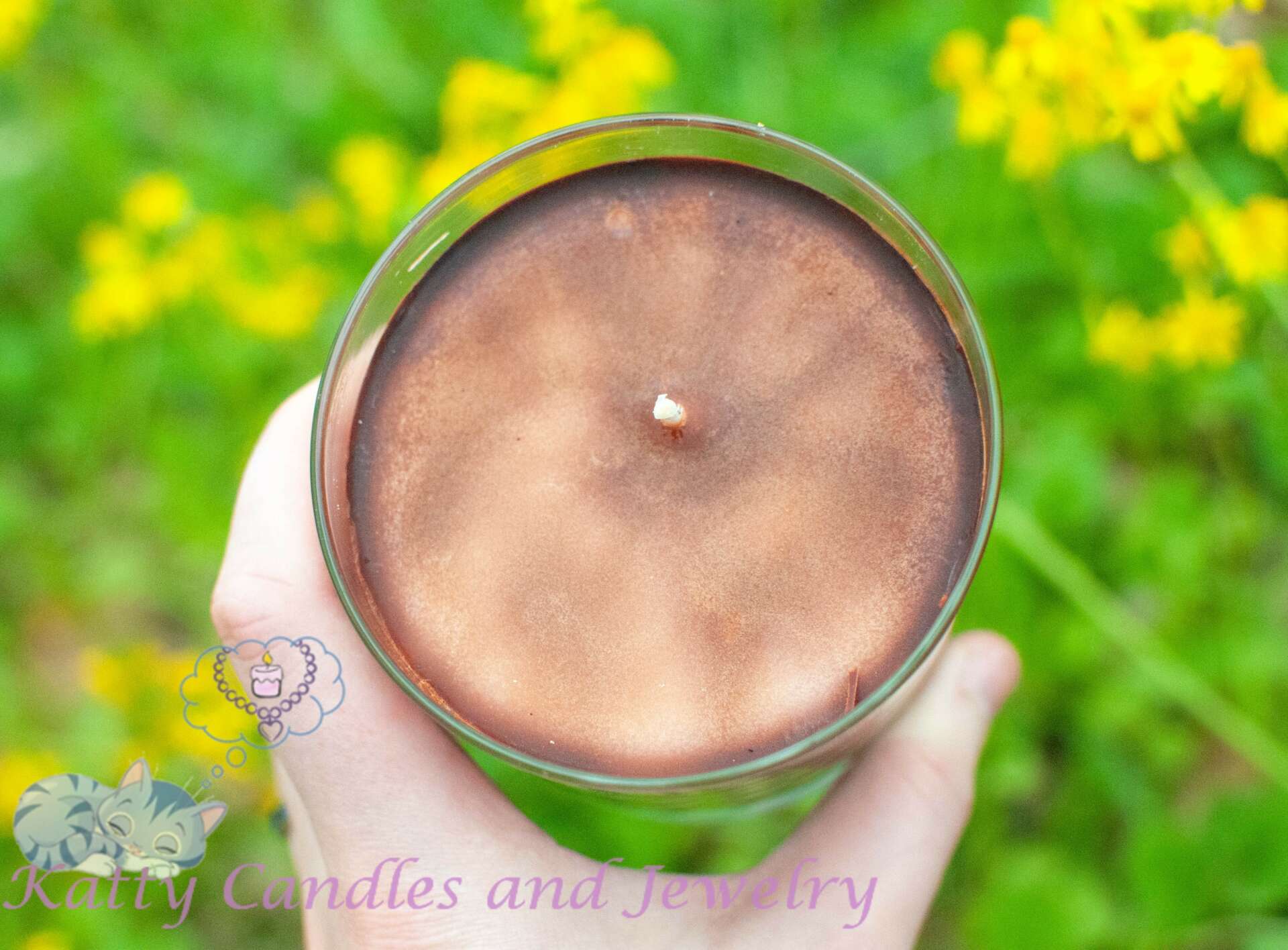
What can society do to ensure an environment that’s helpful to artists and creatives?
What a fantastic question. We discussed this extensively and agreed on several things: #1 the stereotype of “the starving artist” isn’t true anymore, if it ever was. While difficult, you can make a living from your art or significant supplemental income. Artists don’t have to starve, they just have to find the people out there who want their art, and we believe those people are out there for every kind of artist/creative. Ariel pointed out that artists need more communal, creative spaces like artisan markets, festivals, and night markets. She said “I see that’s happening, and I and I’d like to see it continue”. For example, South Bend, IN recently had the LangLab open up, which is an awesome artist-run cafe and bar for the community and fellow creatives. Not only do they offer a free monthly art critique, but they also offer an artist fellowship.
We all agreed that everyone needs to shop local. Go to local markets and pop up events. Talk to the artists (we all laugh at how much I, an introvert, talk to customers and other artists at events).
It’s also important that when you look at the price of a piece of art to please consider the cost of the artist’s time and skill.
Most importantly, share their work- by mouth, by text, by email, on social media, via air horn in your college dorm, whatever way you can!

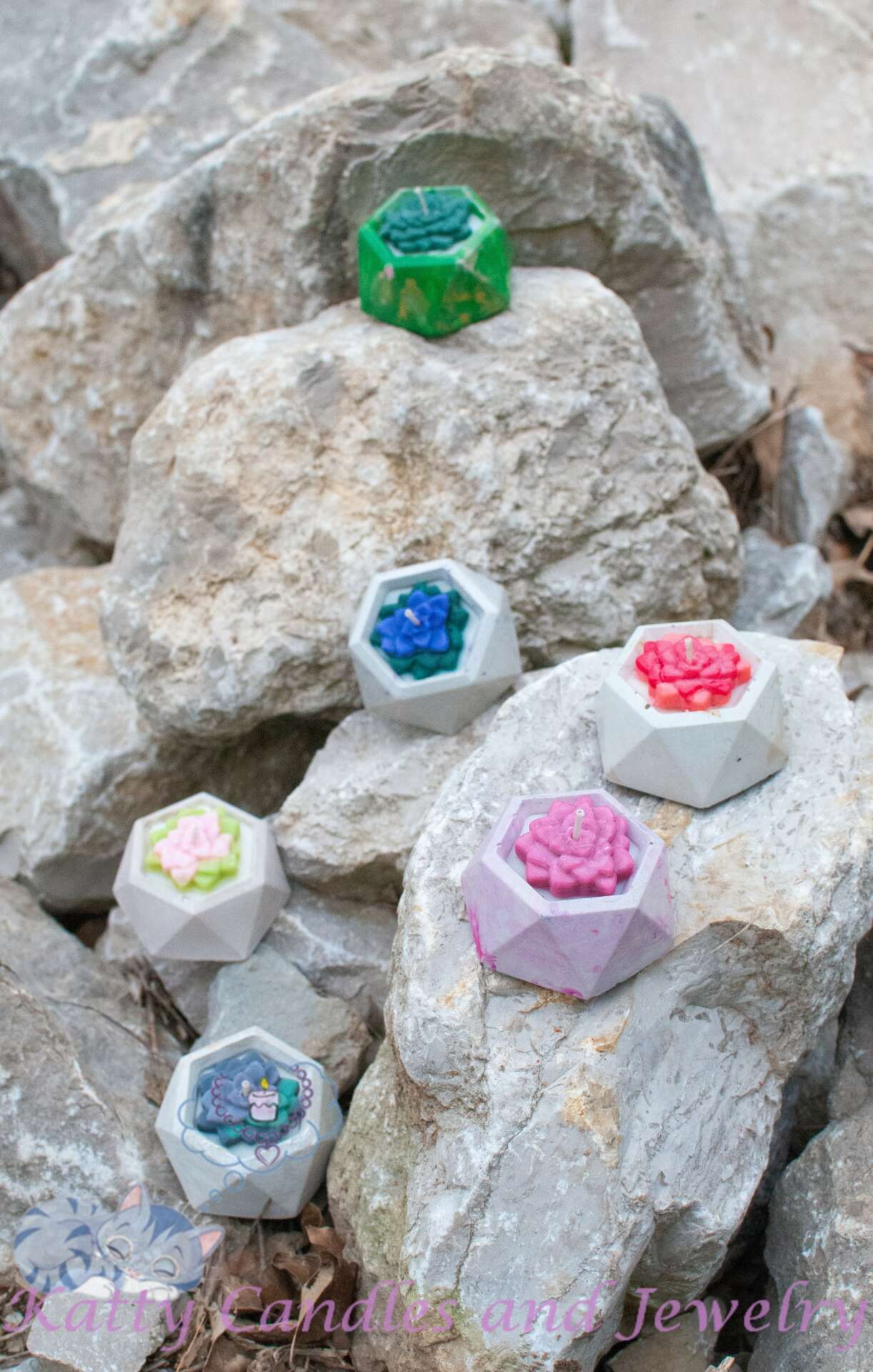
How about pivoting – can you share the story of a time you’ve had to pivot?
Kate: My first degree-related job out of college was as an Animal Technician for a huge pre=clinical trial research organization. I commuted an hour and fifteen minutes one way and started my work day at 6 a.m., which was tough for a night owl like me. The work was fast-paced and included mandatory overtime. While I enjoyed the work, the way it had to be done was draining. I also learned while at this job that I have a bizarre allergy to certain kinds of plastic, which made it impossible to work comfortably. I left without another job in sight, and a bad time of the year to be looking for another job. I basically had two options: become a Chemist in Chicago or hope and pray that I could get a job as a Research Technician at a local medical school (a satellite campus I didn’t even know existed).
Kat: I was an English teacher and changed careers to tech field. I’m now a cloud engineer. It was a huge life change, but a good and necessary one.
Ariel started out her undergraduate pursuits as a Psychology major. After much toil, strife, and realizing her motivation for pursuing that degree wasn’t really, well, motivating, she changed it to theater. Being a theater major is challenging in new ways, but much more suited to her goals and talents.
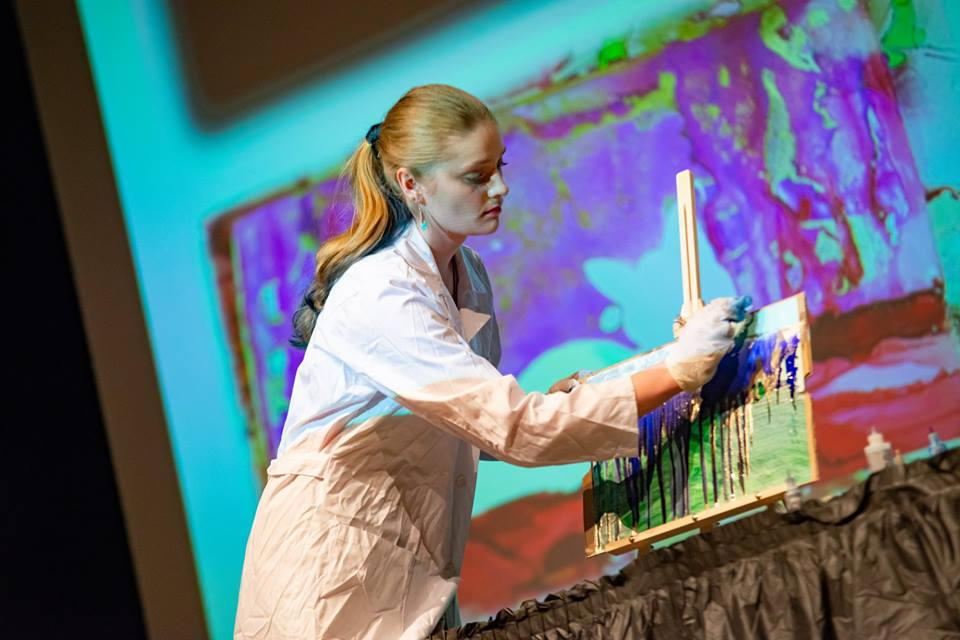
Contact Info:
- Instagram: https://www.instagram.com/kattycreationscrafts/
- Facebook: https://www.facebook.com/KattyCandlesandJewelry
- Linkedin: https://www.linkedin.com/in/katelyn-joy-haase/
- Youtube: https://www.youtube.com/@KaytiebugofKC
- Other: Kate’s personal Instagram: https://www.instagram.com/kaytiebugcosplay/ https://www.patreon.com/CosplayJewelryGlass https://rawartists.com/cosplayjewelryglass
Image Credits
Angela Leisure • personal photo of Kate and Kat Garden Rose Photography • Action photo of Kate painting with alcohol inks (photo not attaching to application, will email it)


